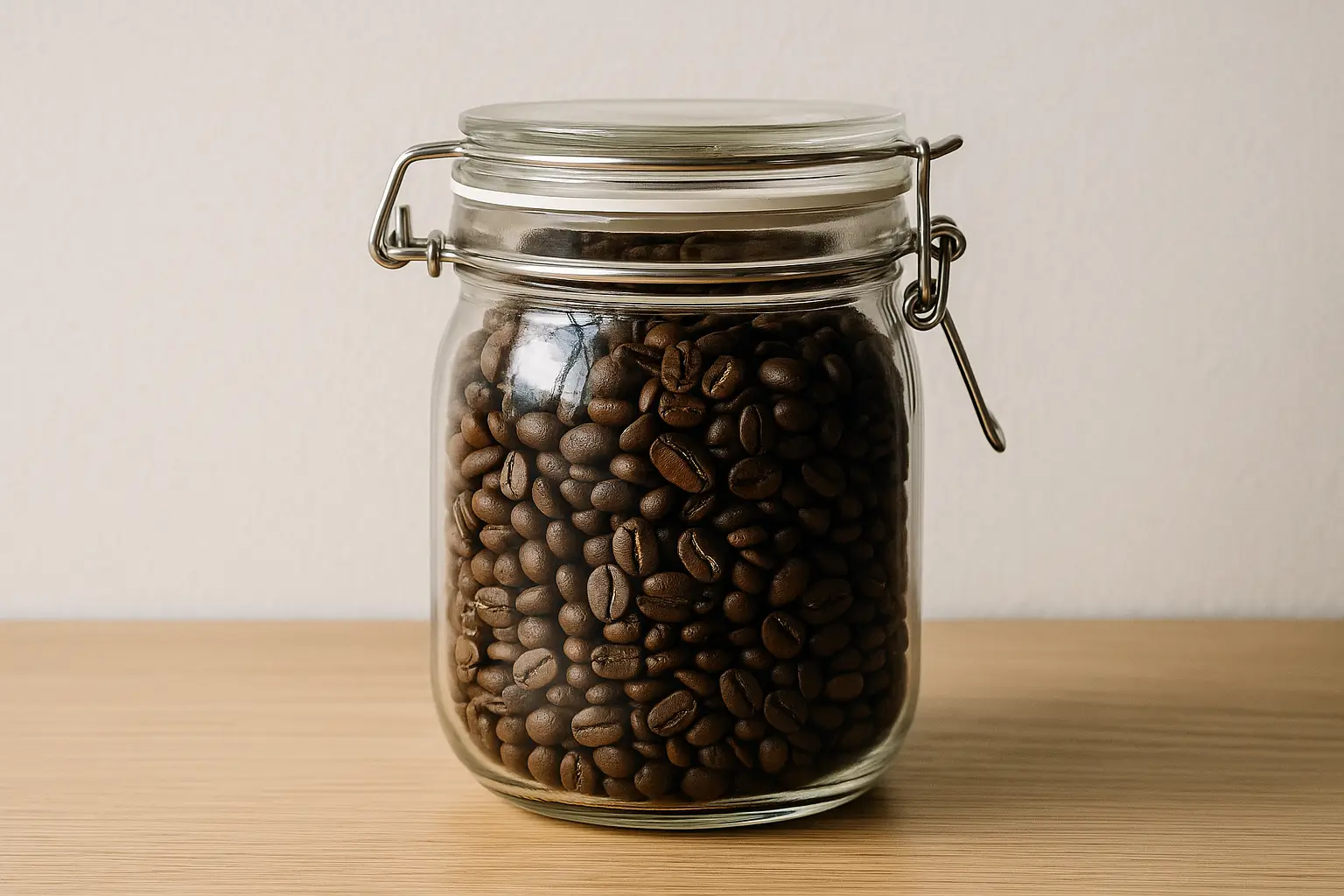Great coffee starts with fresh beans. No matter how skilled you are with brewing, if your beans are stale, your coffee will be flat, bitter, or dull. Proper storage is key to preserving the flavor, aroma, and quality of your coffee over time. In this guide, we’ll share expert tips for storing coffee beans to keep them fresh and delicious for as long as possible.
Why Coffee Loses Freshness
Coffee is a perishable product. Once roasted, beans begin to degrade due to exposure to:
- Oxygen: Causes oxidation, leading to stale flavors.
- Light: Breaks down oils and compounds in the beans.
- Heat: Speeds up chemical reactions that deteriorate flavor.
- Moisture: Can lead to mold or degradation of aroma.
These four enemies—oxygen, light, heat, and moisture—are what you want to protect your beans from.
Tip #1: Buy Whole Beans
Whole beans retain their flavor much longer than pre-ground coffee. Grind only what you need just before brewing.
Why? Grinding exposes more surface area to air, speeding up oxidation.
Tip #2: Use Airtight Containers
Store coffee in an airtight container made of:
- Ceramic (opaque and stable)
- Stainless steel (durable and light-proof)
- Vacuum-sealed canisters (ideal for maximum freshness)
Avoid: Transparent containers and anything with loose-fitting lids.
Tip #3: Keep It Cool—but Not in the Fridge
Store beans in a cool, dark place like a pantry or cupboard. Avoid places near ovens, windows, or other heat sources.
Why not the fridge?
- Coffee is porous and can absorb odors from other foods.
- Moisture from condensation damages beans.
Tip #4: Avoid Freezing—Unless It’s Long-Term
Freezing can be okay if you need to store beans for more than a month.
Best practices for freezing:
- Divide beans into weekly-use portions.
- Use double-sealed bags or vacuum packs.
- Let beans come to room temperature before opening the bag to avoid condensation.
Tip #5: Don’t Store in the Original Bag (Unless It’s Valve-Sealed)
Many original coffee bags are not airtight. Transfer beans to a proper container once opened—unless the bag has a one-way valve and resealable zip.
Tip #6: Label with the Roast Date
Use a marker to write the roast date and track freshness.
- Best window for use: 4–30 days after roast
- Still good: Up to 2 months with proper storage
Tip #7: Buy in Small Quantities
Purchase only as much coffee as you’ll use in 2–4 weeks. This ensures you’re always brewing from fresh stock.
Tip #8: Use a Dark, Dry, and Stable Environment
Store your coffee in a drawer, pantry, or cabinet that is:
- Away from sunlight
- At consistent temperature (around 60–70°F or 15–21°C)
- Free from moisture and odors
Tip #9: Keep It Clean
If you’re reusing containers, wash them regularly to avoid oil buildup or stale residue.
Bonus Tip: Invest in a Coffee Storage Canister
Brands like Fellow Atmos, Coffeevac, and Airscape offer vacuum-sealed or CO2 valve systems that extend freshness by minimizing air exposure.
Final Sip
Storing your coffee beans properly is a simple but powerful step toward consistently great coffee. By protecting your beans from light, air, heat, and moisture—and grinding only what you need—you’ll unlock fresher flavors in every cup.
So treat your coffee with the care it deserves, and your taste buds will thank you every morning.
